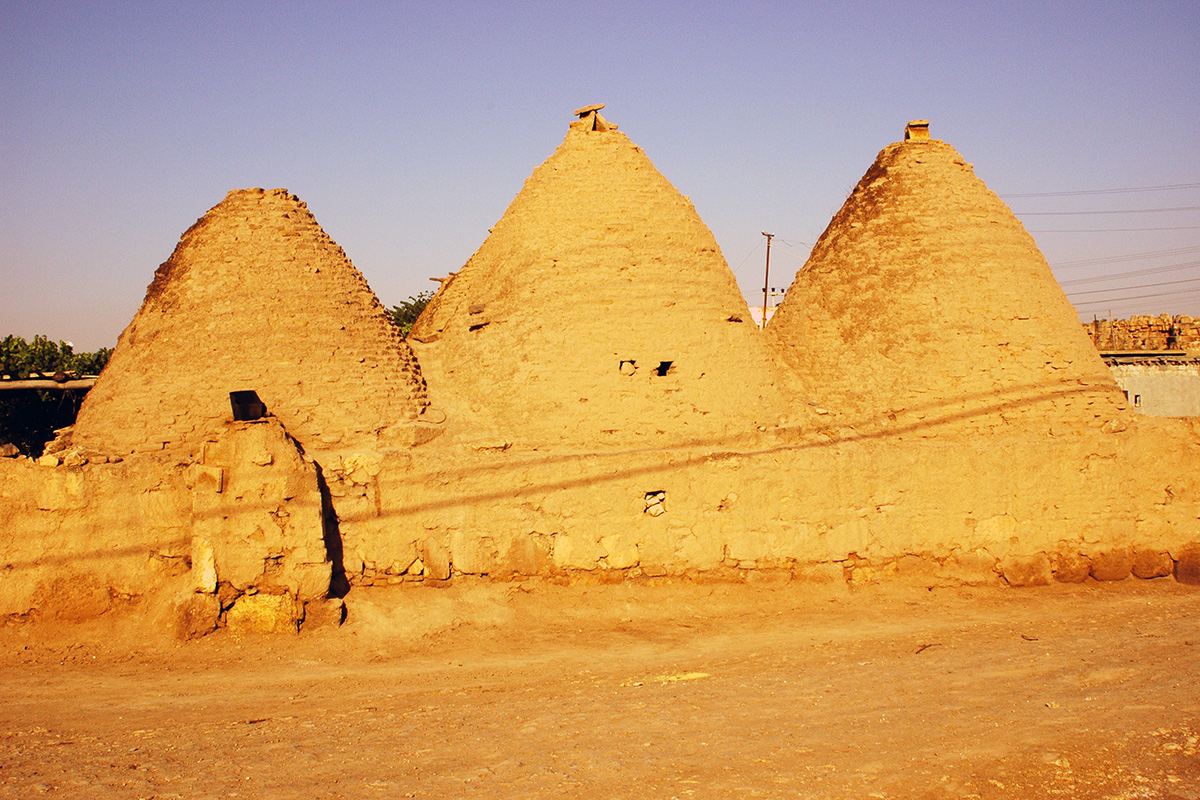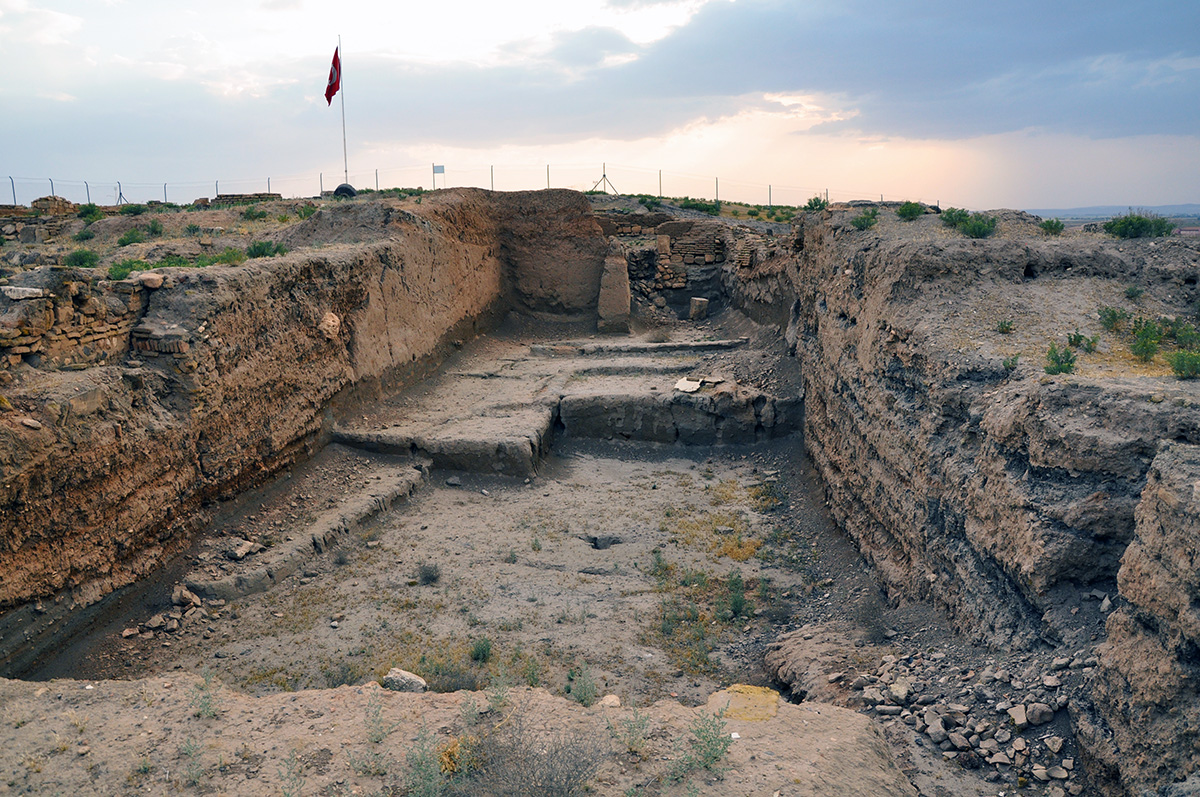

by Leon Mauldin
Synopsis: Let us look at the Haran of the patriarchs and note its importance in the Genesis account of the history of Abraham, Isaac, Jacob, and the sons of Israel.
Haran was located in upper Mesopotamia and occupied an important role in the history of the patriarchs. By faith (Heb. 11:8), Abraham (still called Abram) left Ur of the Chaldeans, with extended family traveling with him. Haran was not just a stopping place along the journey to Canaan; instead, "they came to Haran and dwelt there" (Gen. 11:31; "settled," Acts 7:4, NASB; spelled "Charran," KJV). Abraham's father, Terah, died in Haran (v. 32).
When Abraham was seventy-five years old, he obediently departed from Haran (Gen. 12:4), leaving his family behind. Years passed. When the time came for Isaac to be wed, it was important to Abraham that his son not marry one of the pagan Canaanites (Gen. 24:3). He made his faithful servant swear to this, and that he "go to my country and to my kindred, and take a wife for my son Isaac" (v. 4). "And he arose and went to Mesopotamia, to the city of Nahor" (v. 10).
Although there was a city called Nahor, which was near Haran, the phrase here more likely means "the home of Nahor," i.e., Haran (cf. Wenham in WBC). God granted Abraham's servant success, showing him that, indeed, Rebekah (daughter of Bethuel, son of Nahor, brother to Abraham, Gen. 22:20-23) was to be the wife of Isaac. The family said, "We will call the young woman and ask her personally." Then they called Rebekah and said to her, "Will you go with this man?" And she said, "I will go" (Gen. 24:56-57). Afterward, Isaac "took Rebekah and she became his wife, and he loved her" (v. 67).
Haran factors a third time in patriarchal history. Rebekah told her son Jacob to "flee to my brother Laban in Haran" (Gen. 27:43), ironically thinking this would only be "a few days" (v. 44). It turned out to be twenty years! He worked seven years ostensibly for marriage to Laban's daughter, Rachel. Yet, the morning after the wedding, Jacob discovered, to his great dismay, that he was married to her sister, Leah. Laban assured him this was no problem: he could also marry Rachel (after waiting one week in deference to Leah), and then work seven more years for her. He did so, laboring six more for wages. Only then did he return to Canaan (Gen. 28-31).
The site of Haran has geographical and historical significance. The name Haran means "highway," and was strategically "situated on the historic east-west trade route that linked the Tigris River with the Mediterranean Sea," and was "one of northern Mesopotamia's important commercial and religious centers, widely known for its dedicated worship of the moon god, Sin" (NIV Archaeological Study Bible, 47).
The photos included here show the bee-hived structures that served as housing in Haran. These are said to be about 200 years old, but are built like those in the time of Abraham. Also pictured is the temple site associated with the worship of the Moon god Sin, which brings to mind Joshua's reference to "the gods your fathers worshiped beyond the Euphrates River" (Josh. 24:15, HCSB).
HCSB = The Holy Bible: Holman Christian Standard Version. Nashville: Holman Bible Publishers, 2009.
NIV Archaeological Study Bible: An Illustrated Walk through Biblical History and Culture. Grand Rapids: Zondervan, 2005.
Wenham, Gordon J. Word Biblical Commentary: Genesis 16–50, Vol. 2. Dallas: Word, Incorporated, 1994.
Author Bio: Leon has worked with the Hanceville church of Christ in Hanceville, AL for twenty-nine years. He and his wife, Linda, have three children and eight grandchildren. His websites are leonmauldin.blog and mauldinbiblelandtours.com. He can be reached at leon.mauldin@gmail.com.

Image 1: Bee-hived structures that served as housing in Haran

Image 2: Temple site associated with the worship of the Moon god Sin

